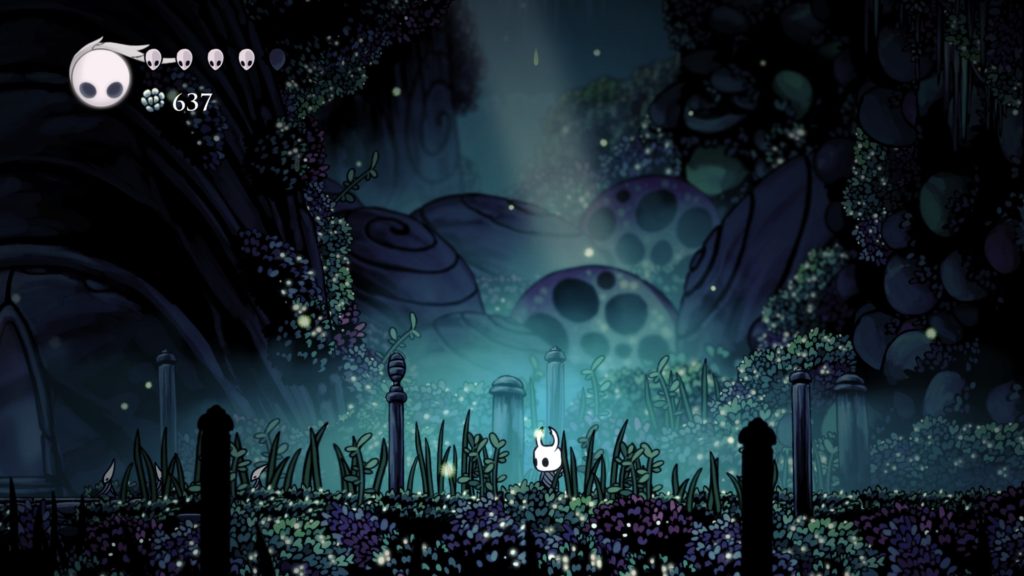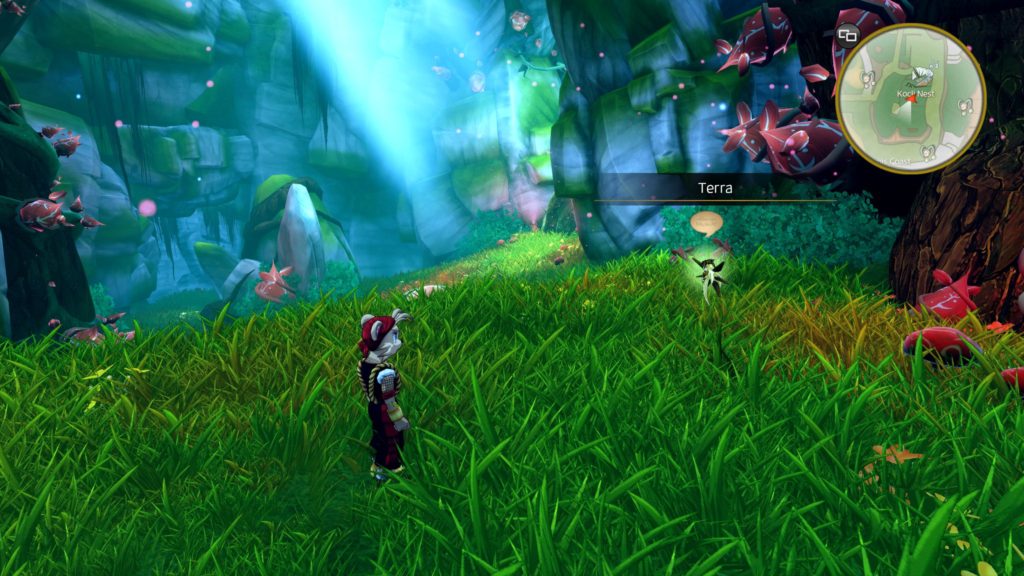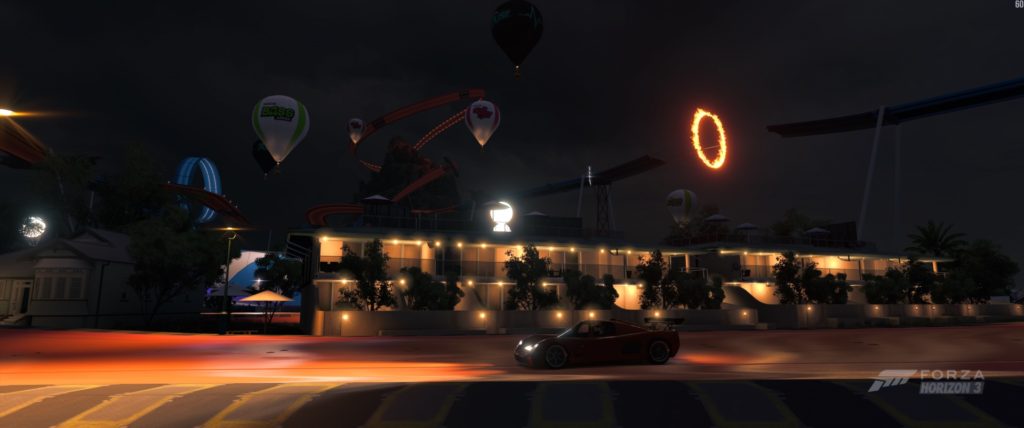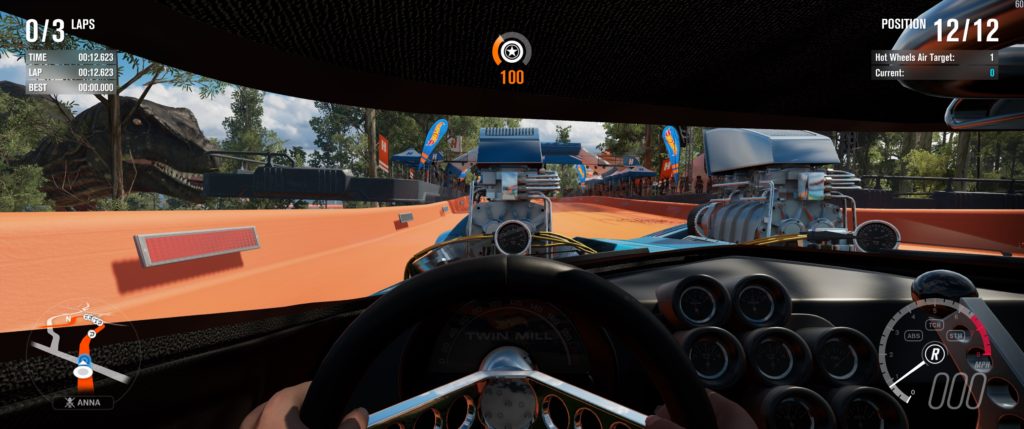- Genre: Metroidvania
- Platform: PC
- Also Available On: Mac, Linux, Switch
TL;DR
- Solid mechanics, solid visuals, solid audio all put together a great base that can be built on.
- Small bits of lack of polish, rather than anything egregious led to frustration, and eventual shelving.
This is going to sound weird for a game I’m shelving, but Hollow Knight is really quite good. It’s a pretty traditional Metroidvania in layout, using a solid short-range melee system and some occasional powerups to round out the move set. This is complemented by a solid visual style, and great audio and soundtrack to put together one of the best themed titles in this genre I’ve recently played. However, this was a case of a thousand cuts, where small lack of polish in the details led to a continuous pattern of one step forward, one step backward in my progress. This was combined with a somewhat questionable use of the Souls death mechanic, to where body runs began to feel like a slog, rather than a good balance of penalty and learning reward. In the end, the good couldn’t outweigh the bad for me to continue on.

However, let’s start with the good. As with a lot of recent Metroidvania games, particularly in the indie scene, this one is a fantastic looker of a game. Like the recent remake of Wonder Boy 3, or other Metroidvania titles like Ori and the Blind Forest, this one has a fantastic visual style. Everything has a great hand-drawn appearance, with thick painterly lines. It’s a fairly distinct style, and works rather well. This is combined with great use of dynamic lighting to give some dramatic areas. The biggest problem with it all is that most of the areas share a similar color range, so things can begin to look rather samey as you continue on. On the other hand, it never got old running through the environment and having all the little blades of grass in the scene explode into similarly styled particles as I swung through them. As a whole, this was a part of the game that never really diminished in my time playing it.
The core combat is also really well put together. The base of the combat are melee strikes, which sounds simple at its core. However, there was a smart choice made specifically in the horizontal strike, giving some verticality outside of the swing’s hitbox, and allowing players to hit things both slightly above and slightly below without having to be super precise with jump heights. This was extremely nice for how small some of the hitboxes on armored bosses and enemies could be. This was backed up by a strong set of spells and abilities that are earned throughout the game to fill out the move set. Examples here include mid-air dashes and double jumps for traversal, or energy missiles and dive bomb spells for damage. Generally speaking, the game gives you a bunch of tools to use, and its up to you to then figure out what is most effective for each situation.
However, as I continued on, the little details that didn’t quite have the polish of the visuals and core combat started giving way to more frustration than fun.
The first big place this showed for me was in their use of the Dark Souls death mechanic. The basic system is that at death, your soul gets stuck in the world along side all currency you earned during that life. If you get back to the soul and defeat it in combat, you earn all the currency back. If you die before that, you permanently lose all of it.
Generally speaking, I’m pretty neutral on this system. There’s a fine line where this system works well, and to me it requires enough save points in place that are both close enough together, as well as close enough to where players will die so that the game doesn’t heavily discourage exploration, and keeps game pace post-death high. To me it feels like Hollow Knight fails on both of these counts. Many areas had a bunch of save points clustered near the center of the zones, but fewer out towards the edges where a lot of boss battles or more dangerous sort of side dungeons were. There were also hardly ever any save points actually immediately before or immediately after boss rooms, so deaths during bosses (which are extremely common) often resulted in a long run back to the boss. It just felt like a lot of wasted time, rather than a good chance to learn and retry the boss quickly. This was compounded by a number of times where my soul spawned out of reach, effectively ending my change to re-earn my lost currency, so I eventually just stopped exploring altogether, choosing to go the lower risk way of sticking to main paths and simply grinding out kills if I required more money or power for skills.
There were a bunch of other little details that also compounded on top of this core problem for me. First and foremost, jumping feels awkward. This is a game with purely digital left/right movement, and no in-air momentum. If you’re jumping and let go of the stick, you fall straight down. It just feels weird, and eliminates a lot of subtle movement flow that a lot of better examples of the genre have. There’s also a really obnoxious backwards impulse after hitting an enemy. This is combined with somewhat imprecise collision on platforms to put me in situations where trying to jump and hit enemies mid-air around small platforms was pretty much a death sentence if solid ground wasn’t below me.
The final sort of annoyance was in the mapping system mechanics. Rather than mapping out rooms when you walk through them, you had to clear a couple of hurdles first to map out a zone. First and foremost, you had to buy a map of the zone from a vendor within the zone, generally well within the zone and out of the way (see annoyance with losing currency when your body run fails due to spawning out of reach….). This only opened the ability to map the area. It then didn’t mark areas on your map until the next time you reached a save area (see annoyance with the location and frequency of save poiints….). Otherwise you were basically flying blind, and have to remember your path through areas until you hit both points above. Generally speaking, it just felt like an additional unnecessary money and time pit, where I’d rather be spending my currency on functional upgrades.
End of the day, the further I went into Hollow Knight, the more the small details outweighed the good of the core systems. Could I have grinded through it without too much trouble? Sure. Are the problems going to be something that bothers everyone? Nope. However, I’ve got plenty of other games to play, and seeing lack of polish in the details just generally distracts the hell out of me. However, for those with more patience than me can probably find a lot to love here, so if nothing else, I’d recommend taking a look the next time a Steam sale rolls on through.





